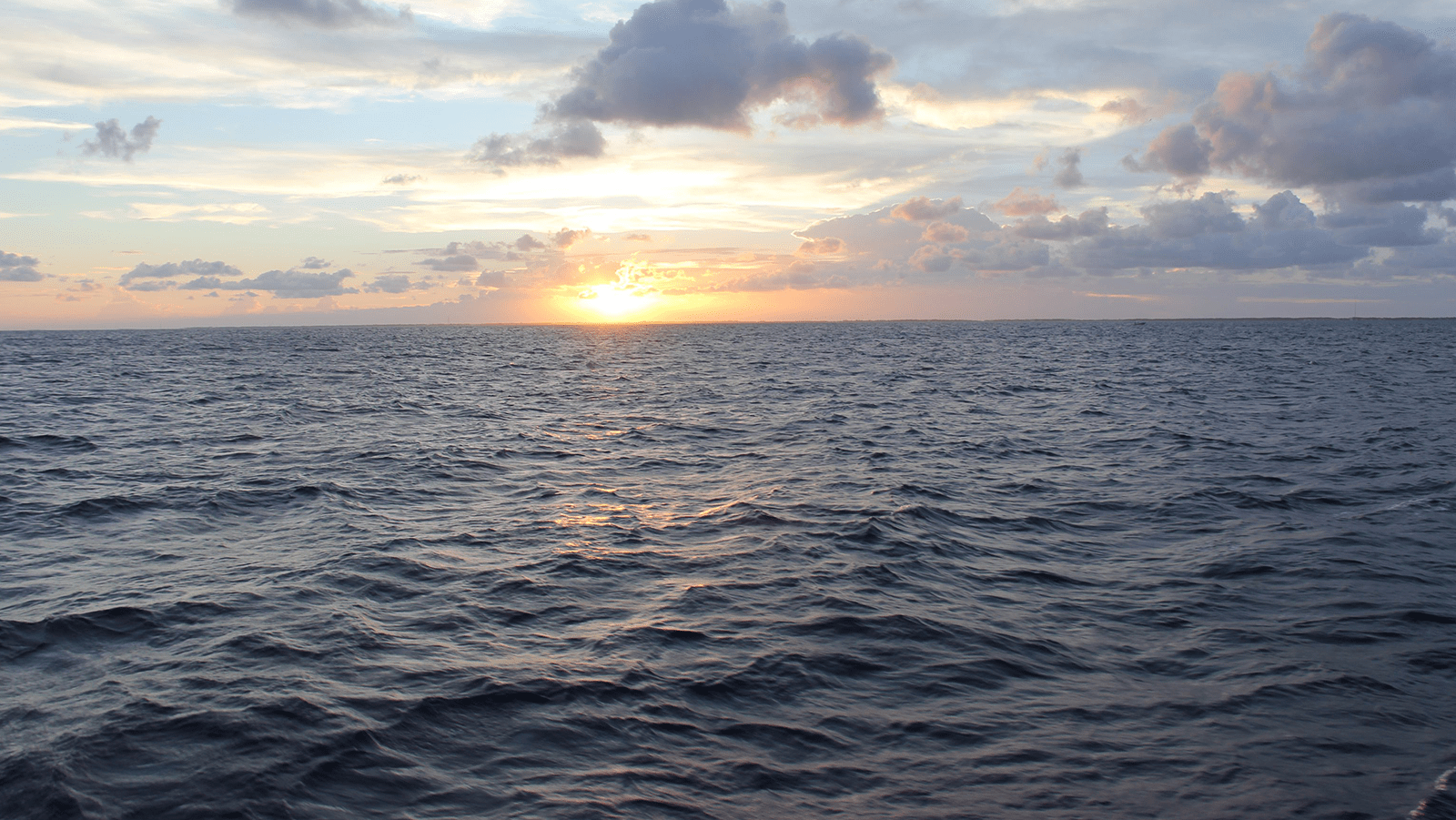The ocean is the defining feature of our planet, covering approximately 70 percent of Earth’s surface. The ocean produces at least half of the world’s oxygen, is home to most of Earth’s biodiversity, and is the main source of protein for more than a billion people around the world. It is what makes life on Earth possible not only for humans, but for all organisms on our planet.
The research performed at AOML focuses on the Atlantic Ocean, which is one of the five ocean basins that makes up the global ocean. Our research supports NOAA’s mission to understand and predict changes in climate, weather, ocean, and coasts, to share that knowledge and information with others, and to conserve and manage coastal and marine ecosystems and resources.
One of AOML’s research themes is understanding the ocean’s role in the global carbon cycle, which is nature’s way of recycling carbon atoms. Carbon is continually exchanged between the ocean’s surface and the atmosphere, or is stored for long periods of time in the ocean depths.
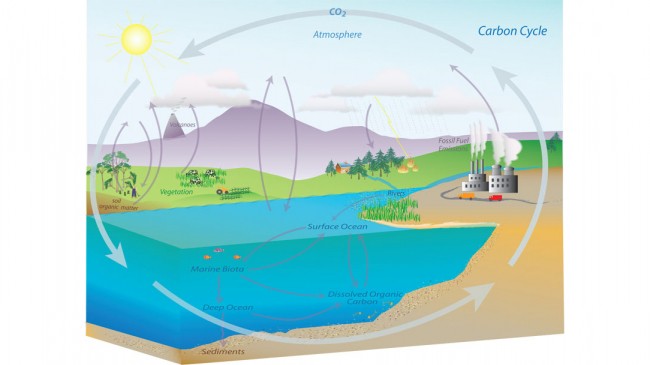
Scientists at AOML monitor carbon as it moves between the ocean and the atmosphere and look at the impact of increasing amounts of carbon dioxide in the ocean, which causes ocean acidification.
The ocean absorbs about 30% of the carbon dioxide (CO2) that is released in the atmosphere from human activities such as burning fossil fuels (e.g., car emissions) and changing land use (e.g., deforestation). When carbon dioxide is absorbed into the ocean, it chemically reacts with seawater to form carbonic acid, causing the ocean to become more acidic. These changes in ocean chemistry negatively impact marine species such as corals and shellfish by impairing their ability to grow and survive.
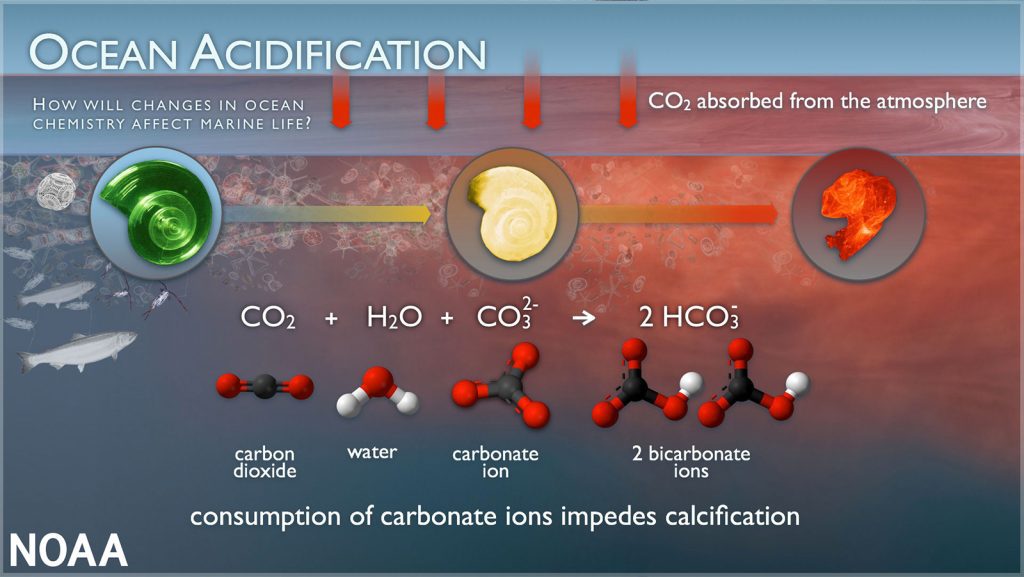
AOML is also dedicated to understanding the ocean’s role in climate and weather. AOML designs, optimizes, and maintains ocean observing systems with partners to monitor ocean currents and other properties. The data collected allows scientists to examine patterns of change in ocean features and understand how the ocean moves and how it communicates with Earth’s atmosphere. Understanding these patterns of change can explain, and even predict, severe weather events, such as hurricanes.
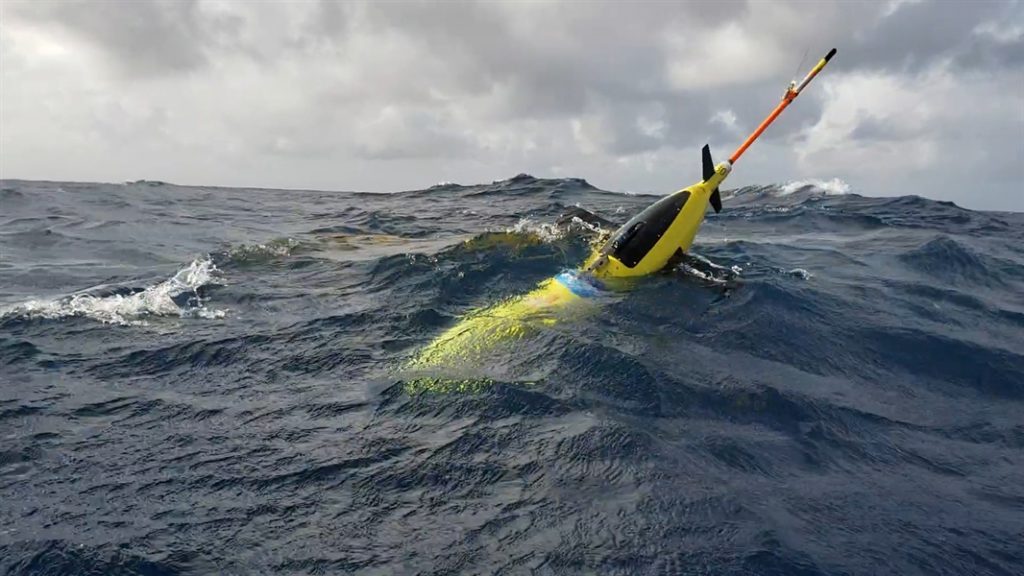
To measure changes in the ocean, scientists deploy sensors on satellites, buoys, floats, ships, and other ocean observation tools to collect measurements of oceanic properties. The data collected allows scientists at AOML to maintain valuable long-term datasets of ocean properties over time to study how ocean changes affect climate and marine ecosystems.
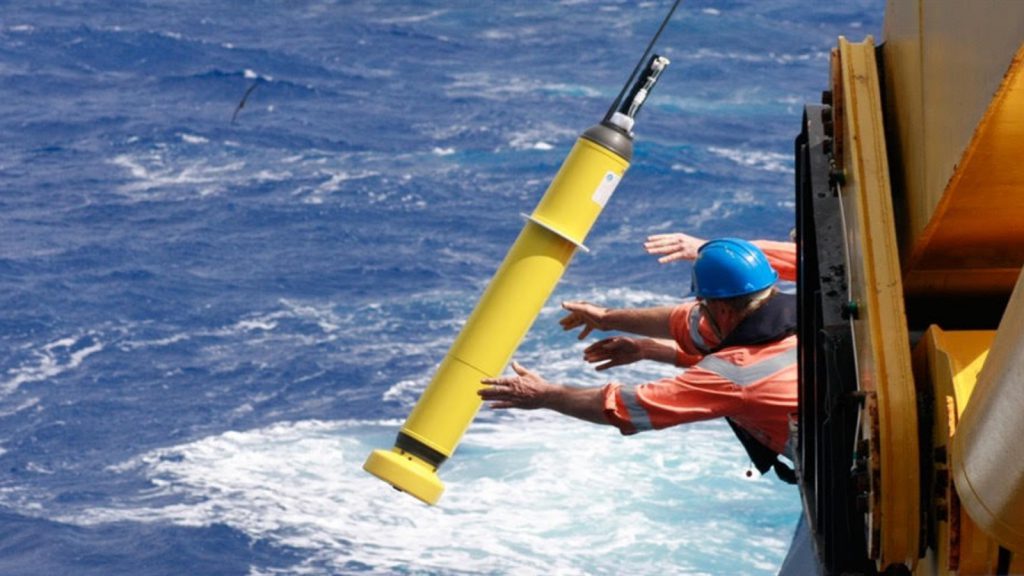
Understanding the changes in the ocean’s sea surface temperature provides fundamental information on the entire global climate system. Temperature measurements benefit a wide spectrum of operational applications, including climate and seasonal monitoring and forecasting, military defense operations, validation of atmospheric models, marine life tracking, coral monitoring, tourism, and commercial fisheries management.
Although the ocean is the most important resource on our planet, its health is threatened by human actions. Our ocean is facing the threat of climate change, biodiversity loss, overfishing, pollution, habitat destruction, and more. The research conducted at AOML works to understand how the ocean is responding to these threats to show the importance of protecting our ocean moving forward. To learn more about how AOML studies the ocean, please visit https://www.aoml.noaa.gov/.
